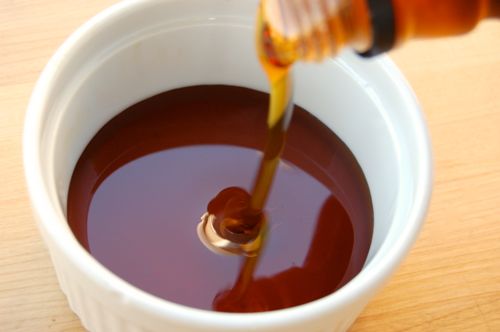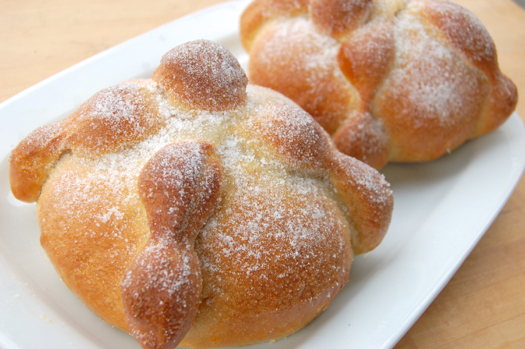Replacing Granulated Sugar with Maple Sugar (or Syrup)

Reader Lee-Ann writes:
Tis Maple season up here in Canada and I have found a good source for Maple sugar, which I have heard is better for you. I love baking and have tried a couple recipes switching out the brown or white sugar for Maple sugar. What is your view on baking with Maple sugar and is it a one to one ratio with white sugar?
Hey Lee-Ann! I’m not sure about maple being better for you, however I can totally understand wanting to make the substitution from a flavor and convenience standpoint. When you say “sugar” I presume you mean “syrup” (we in the Midwestern U.S. often conflate those two words where maple is concerned). I know there is such a thing as granulated maple sugar
READ ON